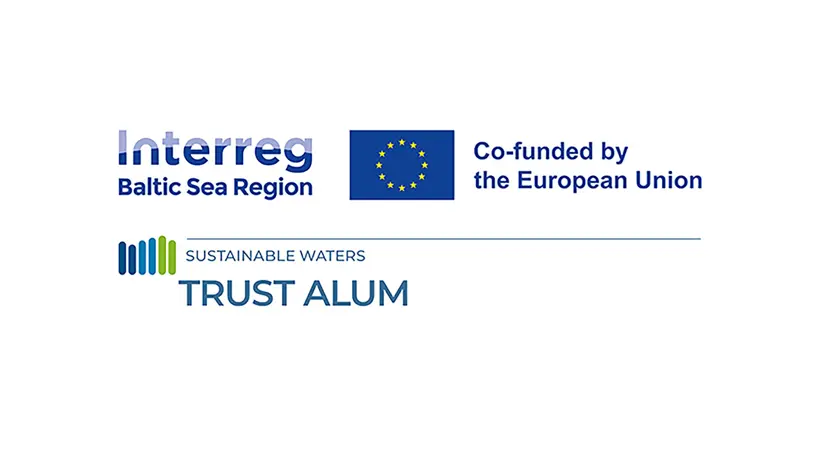SLU carries out lake restoration in Latvia
Researchers from SLU have recently taken part in lake restoration in Latvia. Sweden is at the forefront of lake restoration using aluminium treatment in eutrophic lakes.
Aluminium treatment of lakes is used to reduce nutrient loads.
The treatment involves binding phosphorus with aluminium, which is added to the bottom of lakes. For two years, researchers at the Department of Aquatic Sciences and Assessment have participated in a project transferring knowledge across the Baltic Sea and testing how aluminium treatment works in Latvia. A small urban lake in Riga was treated with promising results.
The project is part of the Baltic Sea Interreg EU project, TRUST ALUM, where researchers have gained several valuable insights.
Within the project, the participants developed tools showing how to correctly carry out aluminium treatment—a kind of instruction manual.
The project and the developed tools

Contact
-
PersonOskar Agstam-Norlin, ResearcherDivision of Geochemistry and Hydrology